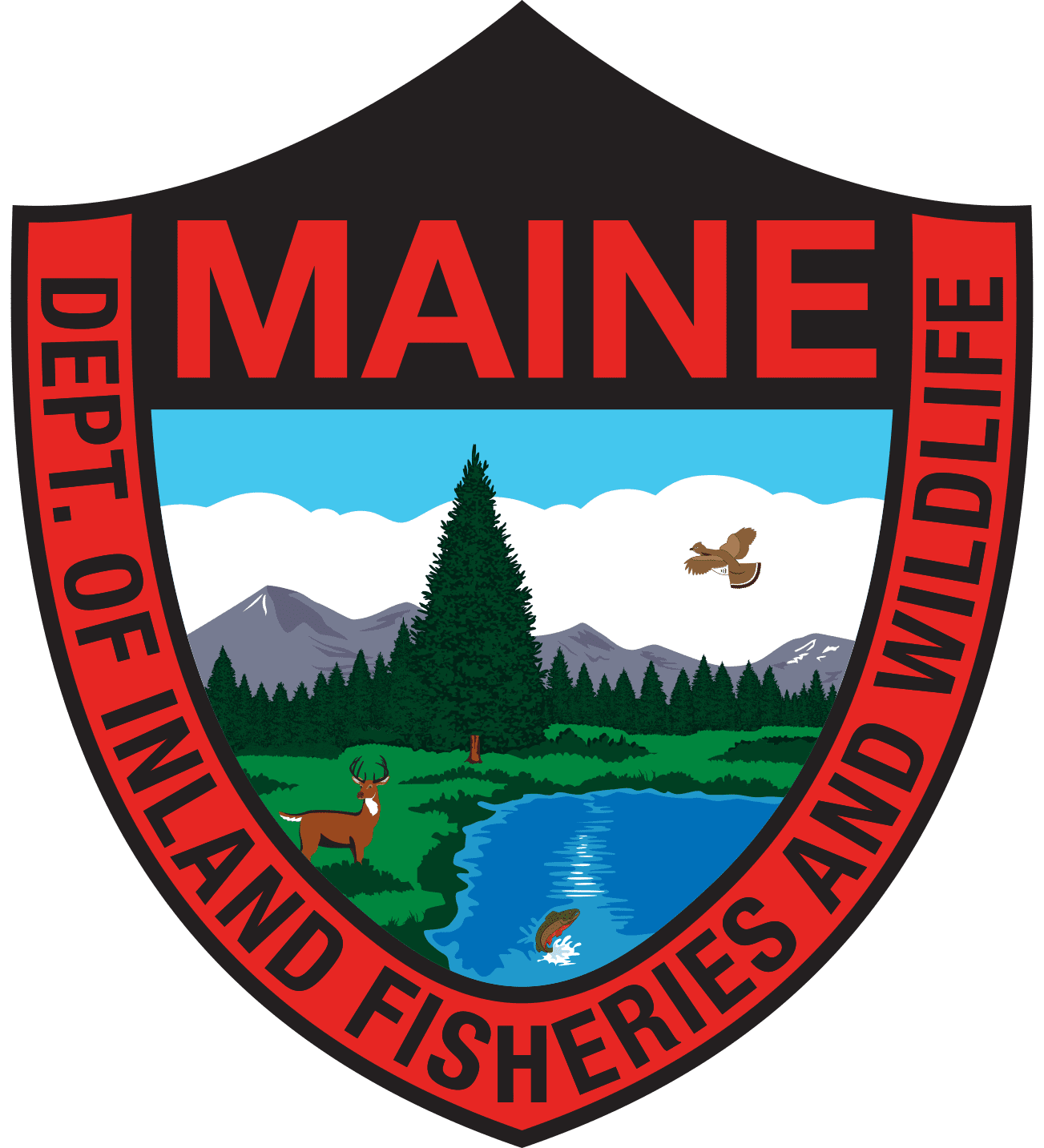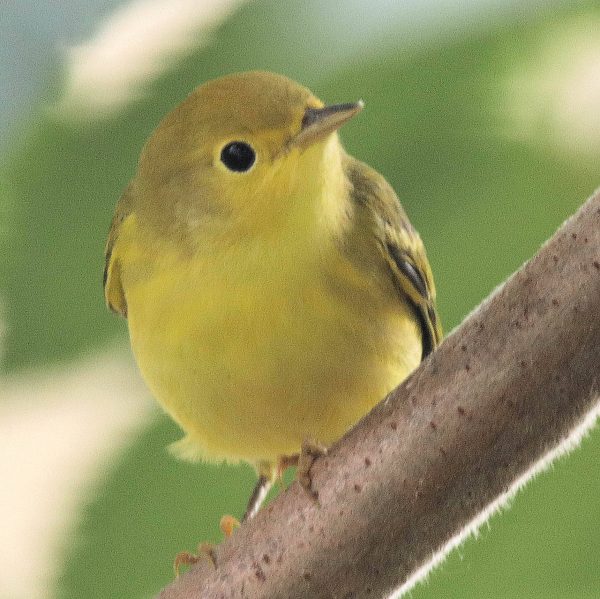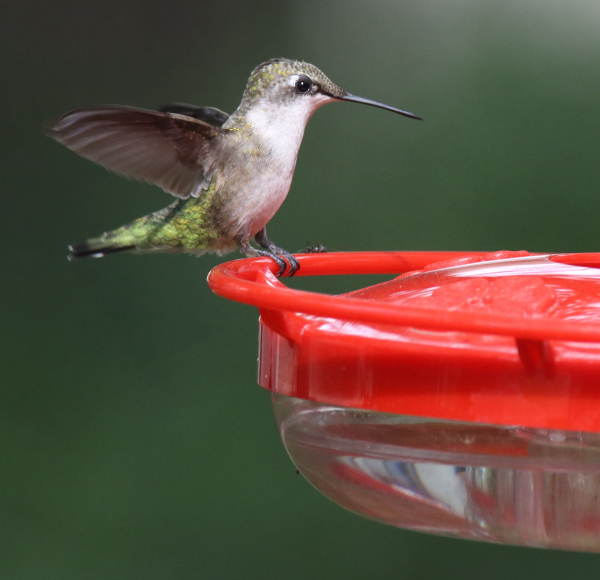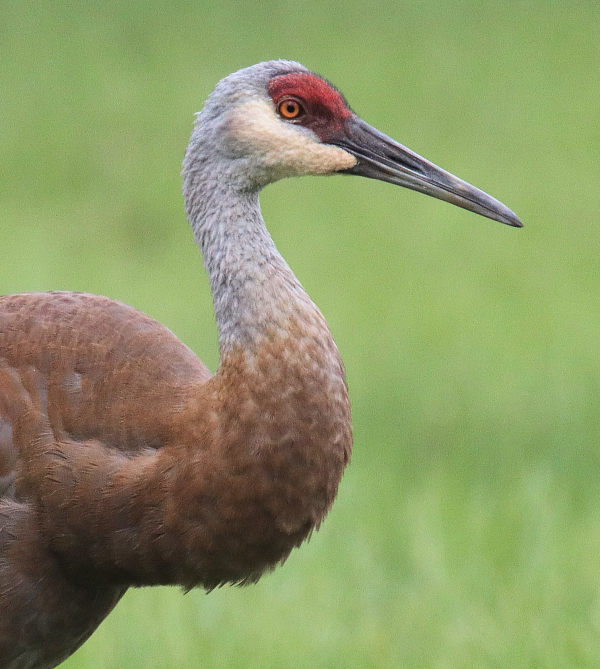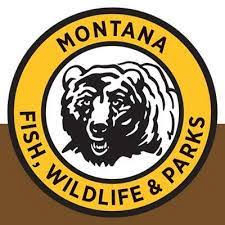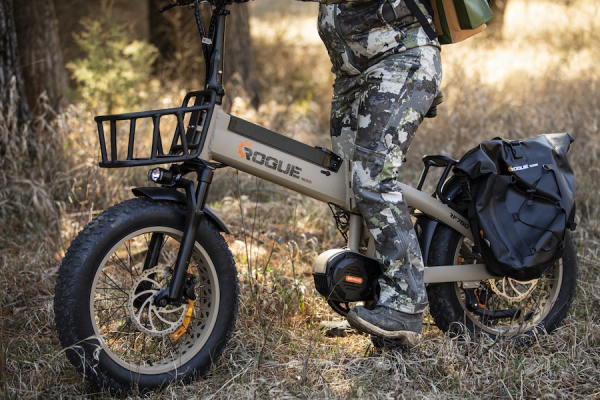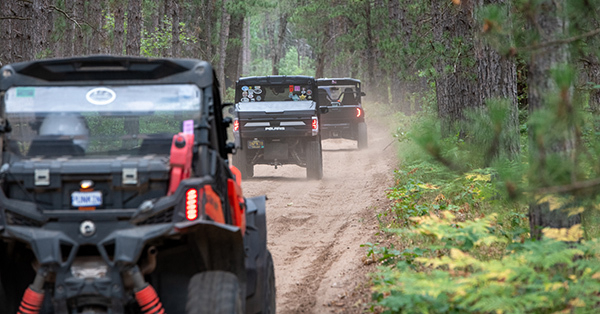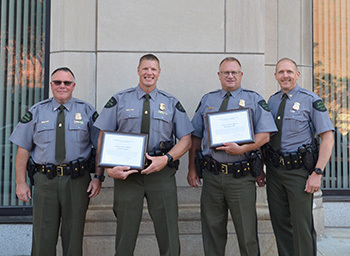2024 Waterfowl Population Survey Results
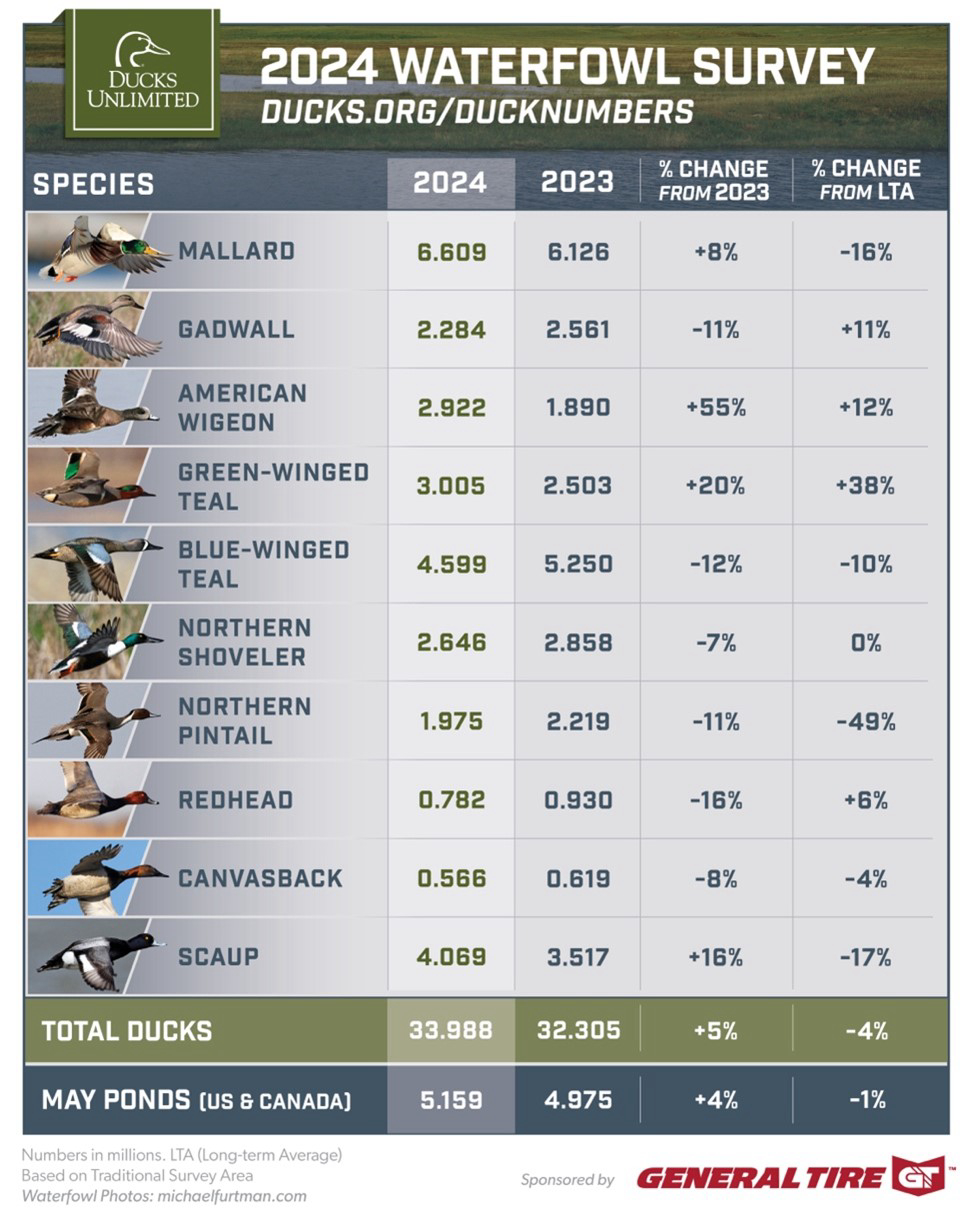
A 5% increase in population estimates shows resiliency of duck populations amid prolonged drought
The U.S. Fish and Wildlife Service (USFWS) released its 2024 Waterfowl Population Status Report. This report contains results from surveys and population estimation methods conducted by the USFWS, Canadian Wildlife Service and numerous state and provincial partners.
The estimate for total breeding ducks in the traditional survey area was 34 million, a 5% increase from the 2023 estimate of 32.3 million, and 4% below the long-term average (since 1955). Mallards were estimated at 6.6 million, 8% above 2023, but 16% below the long-term average and among the lowest since the early 1990s.
Notably, the results mark the first increase in total surveyed breeding ducks since 2015.
“This year’s report suggests that some duck populations had better production last year than expected, with good carryover to spring of this year,” said Dr. Steve Adair, Ducks Unlimited chief scientist. “While estimates were down in the prairies, population levels were up in northern breeding regions. Read more

